“The YES Spaces philosophy supplies fresh, innovative ways for families to rethink how they use the spaces in their homes. YES Spaces encourages kids to interact and learn in an environment they help create. At the same time, YES Spaces supplies real world solutions to keeping rooms functional for the entire family.” -YESSpaces.com
Saying NO Less
I can’t be the only Mom who gets tired of saying “no”.
“No, you can’t climb on the counters.”
“No, that’s Mommy’s coffee.”
“No, you’re not allowed to ride the dog around the house.”
And that’s all within the first 15 minutes of waking up. It’s EXHAUSTING! Parents aren’t the only ones who get tired of hearing “no”. Imagine being constantly told a resounding NO to everything you want to eat, play with, climb on, and (in our case) ride on… all while still having limited coping mechanisms to emotionally regulate the world. It’s a lose/lose situation.
When I was first told to stop using the word “no” to kids so often, I quickly dismissed it because I assumed the only other alternative was raising entitled children who get whatever they want. But saying “no” less doesn’t mean that you don’t set boundaries, just that you phrase things differently. For example- instead of saying “no” or “don’t”, you tell your kids what you want them TO do.
“Don’t climb on the counters, please”
vs
“Put your feet on the ground, please.”
Let’s take a look at why this works and how little brains work-
Author Angelia Brigance specializes in communication with those with Dementia, and she shared a basic rule from Neuro Linguistic Programming with me that applies to everyone- You’re more likely to get a positive outcome from someone if you tell them what you want them to do versus telling them what not to do. “It’s like if you were to say ‘Don’t think of the color blue.’ It is then the only color you can see. Even when you say ‘don’t do xyz’. A child still doesn’t understand what you do what them to do. Being clear about what you want from them gives children, and people in general really, a clear and easy way to please you.”
Children are also likely to be more responsive to your “no” if you use it less and in more meaningful contexts. Overuse of the word “no” may make the word feel less powerful to your child. If you use the word “no” less, it carries more weight and meaning when we do use it.
In “The Yes Brain: How to Cultivate Courage, Curiosity, and Resilience in your Child,” authors Daniel Sigel M.D. and Tina Payne Bryson Ph.D. discuss the difference between the ‘Yes Brain’ and the ‘No Brain’:
“The No Brain leaves you feeling reactive when you interact with people, which makes it nearly impossible to listen, make good decisions, or connect with and care for another person. A focus on survival and self-defense kicks into gear, leaving you guarded and shut down when it comes to interacting with the world and learning new lessons. Your nervous system initiates the fight-flight-freeze-faint response… preventing you from being open, connecting to others, and offering flexible responses.
The Yes Brain, in contrast, emerges from different circuits in the brain that become activated and lead to receptivity rather than reactivity…As a result…we feel much more capable of addressing challenges in a strong, clear, and flexible way. In this Yes Brain state we open ourselves to a sense of equanimity and harmony, allowing us to absorb, assimilate, and learn new information.” (pg 4)
So, simply said, it’s not that we shouldn’t ever say “no” to children, but rather we should be more intentional about how and when we say “no”. Both because there are more impactful ways of getting your point across AND to make the times you do use the word more powerful.
Now that we have covered why it can be helpful to use the word “no” less, let’s discuss how we can create an environment that makes it easier to say YES more. This is where the YES SPACE comes into play!
YES Space
What is a YES Space? A YES Space is a room or enclosed area where everything within it is kid approved. There’s nothing in the YES Space that they can’t touch and play with. There’s nothing in the space that can hurt them. There’s no real need for the word No within the room because everything in this space is designed for them!
I loved how “How We Montessori” described the benefits of YES Spaces. This is an excerpt from their website:
“Creating a ‘yes’ space isn’t just about the parents relaxing, or about safety. A ‘yes’ space can also allow the child to;
- develop independence and independent play.
- experience pure uninterrupted play.
- develop concentration.
- choose, to make their own decisions on what to do and when to do it.
- experience freedom of movement, the child can move without restriction, children will move more in an area in which they feel safe, comfortable and without risk or being told ‘no’.
- experience greater calm, contentment, fulfillment in having their developmental needs met and experience less frustration in their environment.”
I won’t pretend that this space is necessarily easy to make or even easy to give up space to make. I personally went into parenting thinking that I wouldn’t change anything in the main living area set up or decor because I “should be able to train my infant child to just not touch the things I didn’t want him to touch”. I laugh at this now. When my son finally got to the age where he started actively exploring I went the exact opposite direction and made everything 100% about him while sacrificing my personal style and creature comforts. It took me some time to figure out that there was a happy medium that didn’t turn me into either an overly strict authoritarian parent OR into an overly permissive parent whose life was completely dictated by their child’s wants and needs. That happy medium includes keeping things I would be sad about breaking out of reach, while working on teaching my son about being gentle and respecting people’s things (a work in progress), and being more realistic about my expectations of what rules my son can and cannot follow based on what’s developmentally age appropriate. All this while working hard to ensure that there’s plenty of items for my son to explore and play with. Then I can redirect him to those, and -you guessed it- a YES Space for daily playtime/when I need to do something crazy like shower and leave him to play unsupervised.
I choose my son’s room to be his YES Space. While we’ve reshaped our shared living spaces to be more toddler friendly, we have 98% of his toys stored in his room to regain some sanity throughout the rest of his house. His room is all about entertainment for his specific age and interests! It’s also completely baby proofed so that I never have to worry about his safety while he plays in there. His toys are are easy for him to access, but I don’t keep all of his toys out at once so that he doesn’t become overwhelmed with options. By rotating toys, he also feels like he gets to play with “new” toys! Among the toys he has out are books, puzzles, cars, mega bloks, craft/coloring supplies (all are extremely washable so if he colors a wall, we just clean it together while explaining that “coloring is for our coloring books only”), musical instruments, balls, mini trampoline (not pictured), climbing blocks, and soft toys.
*Note: One of the most important aspects of a YES Space is safety. Please take extra care to ensure that all electrical outlets are baby proofed, furniture is secured to the wall, choking hazards are removed, cords for blinds are safely stored well out of reach, and anything else that can be baby proofed is baby proofed.
I put a real focus on making sure that there are activities that will physically wear him out, whatever that means for his current age and stage. “Heavy Work” activities, designed to physically exhaust children, help to create a calming effect by helping expel energy, encourage improved focus, and increases self-regulation. This is especially important for high energy children or those who struggle with focusing. For a great list of Heavy Work activities for children, check this link here: https://www.growinghandsonkids.com/25-heavy-work-activities-kids.html
Here’s a peek into into our YES Space:
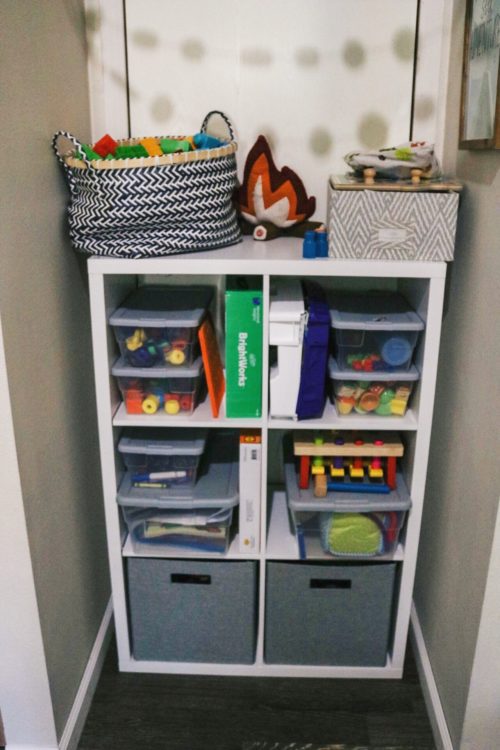
Clear toy bins and easy toy access.
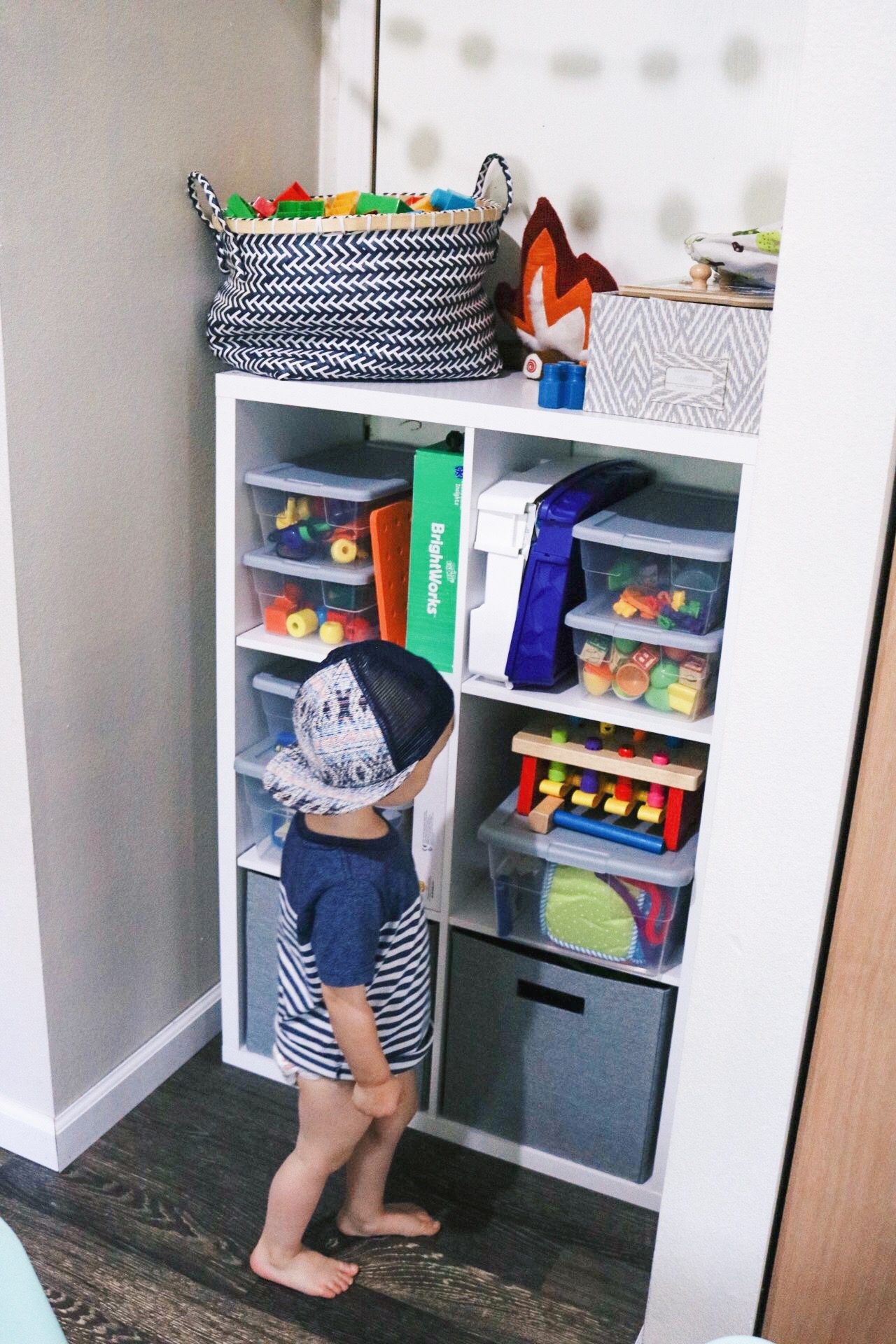
Toys up top are those I’d prefer he play with me.
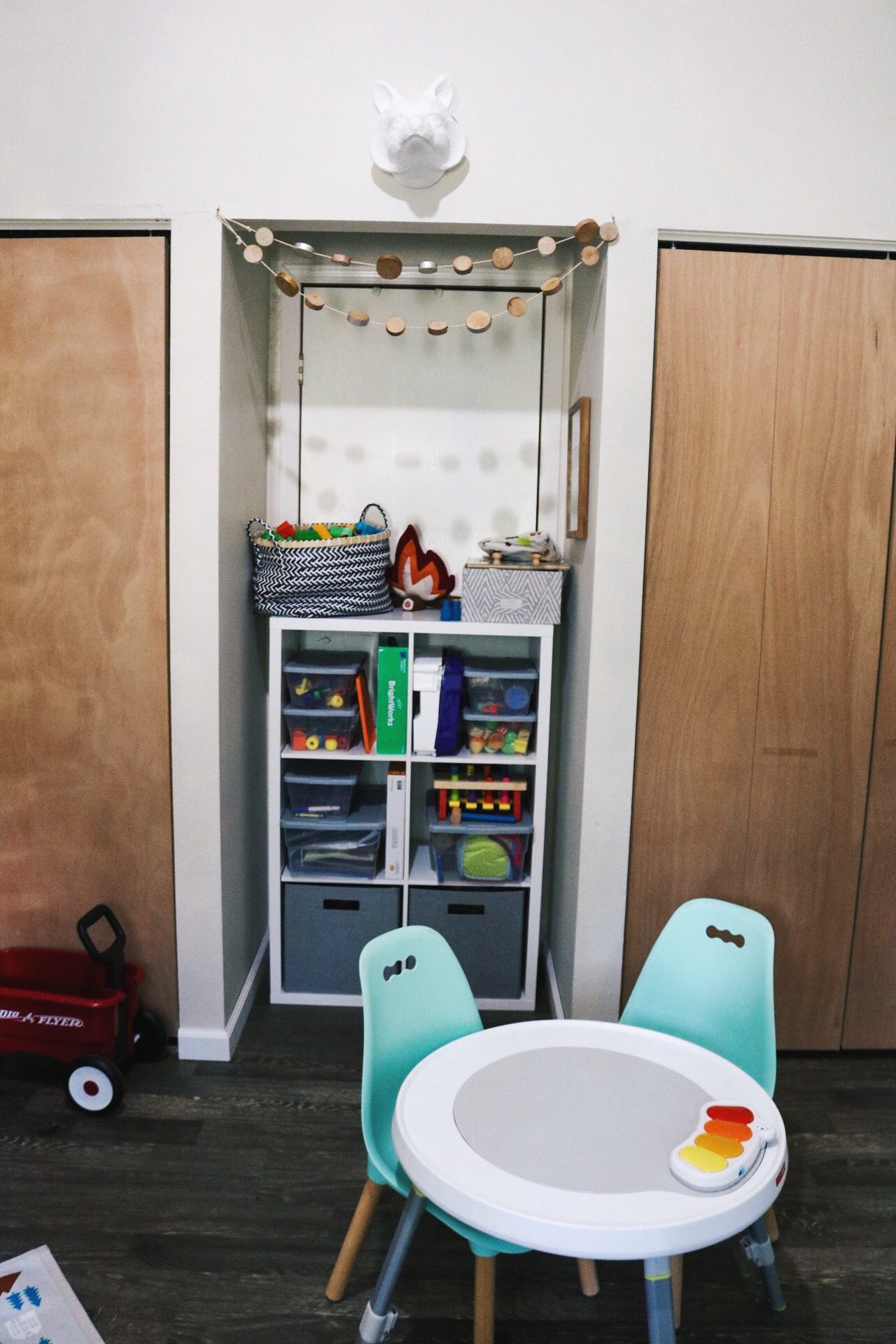
Tiny table for playing at.
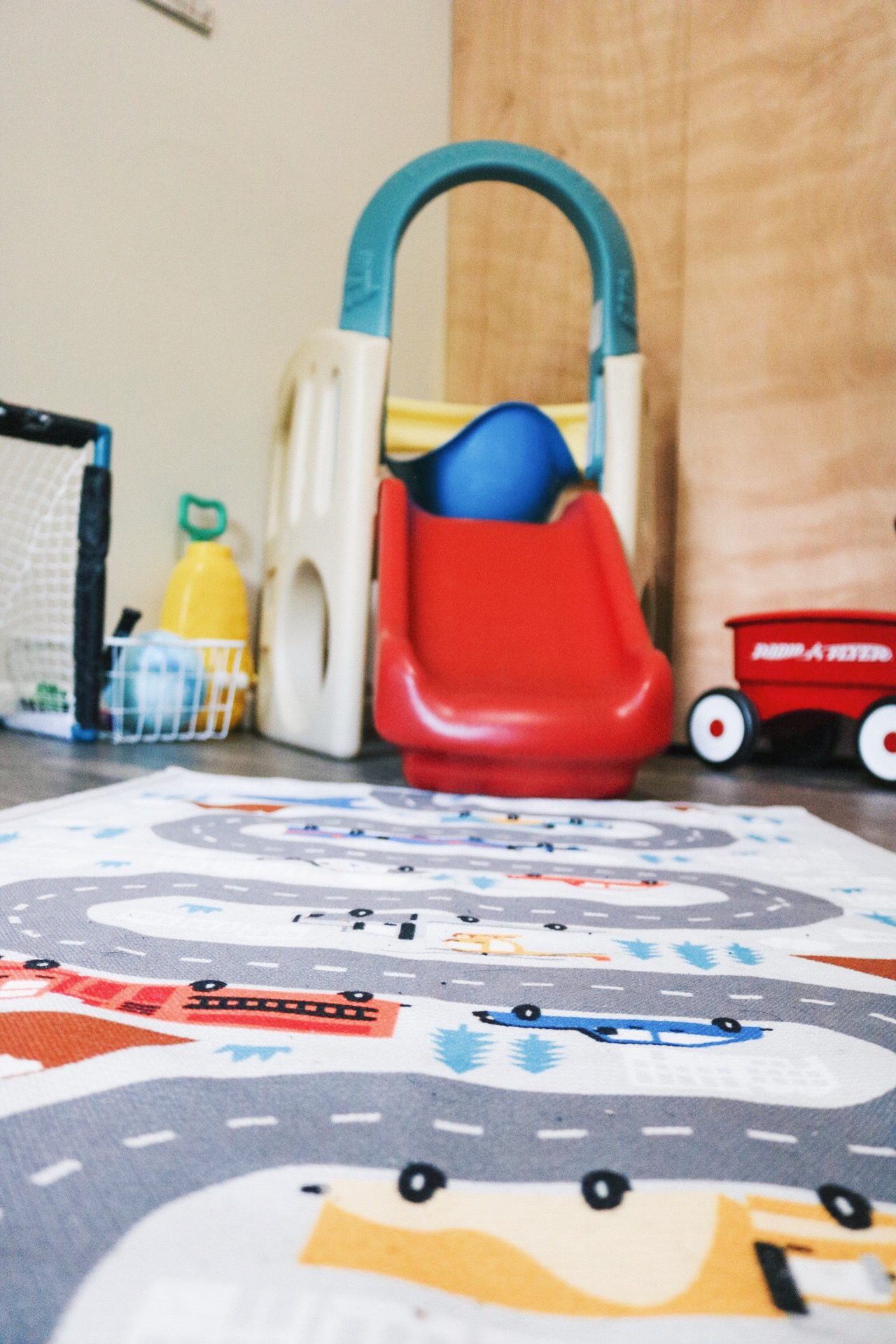
Climbing tower that leads to car rug. We use the slide to launch cars off of- toys with multiple uses are the best!
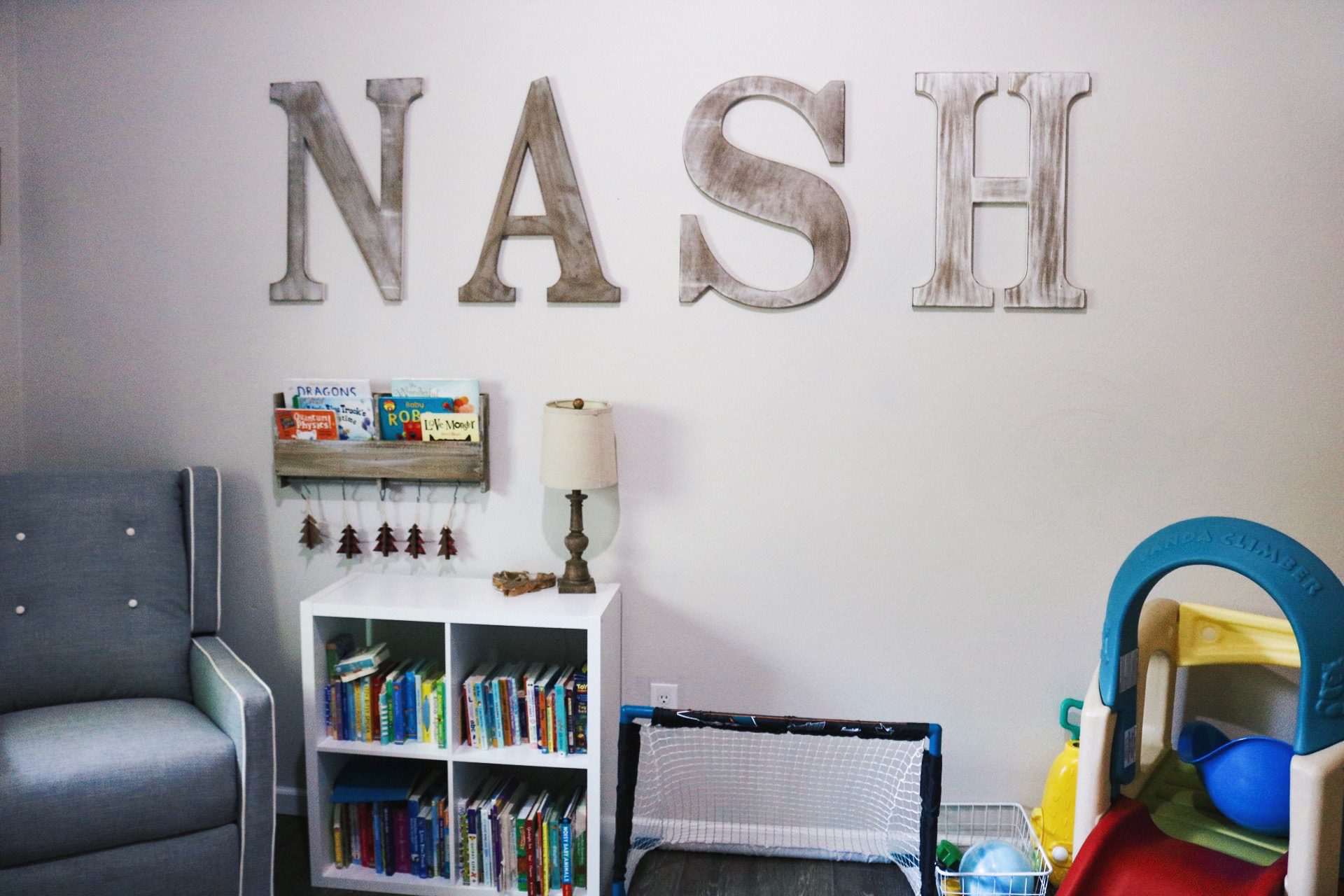
Sports toys out for easy access to energy burning activities.
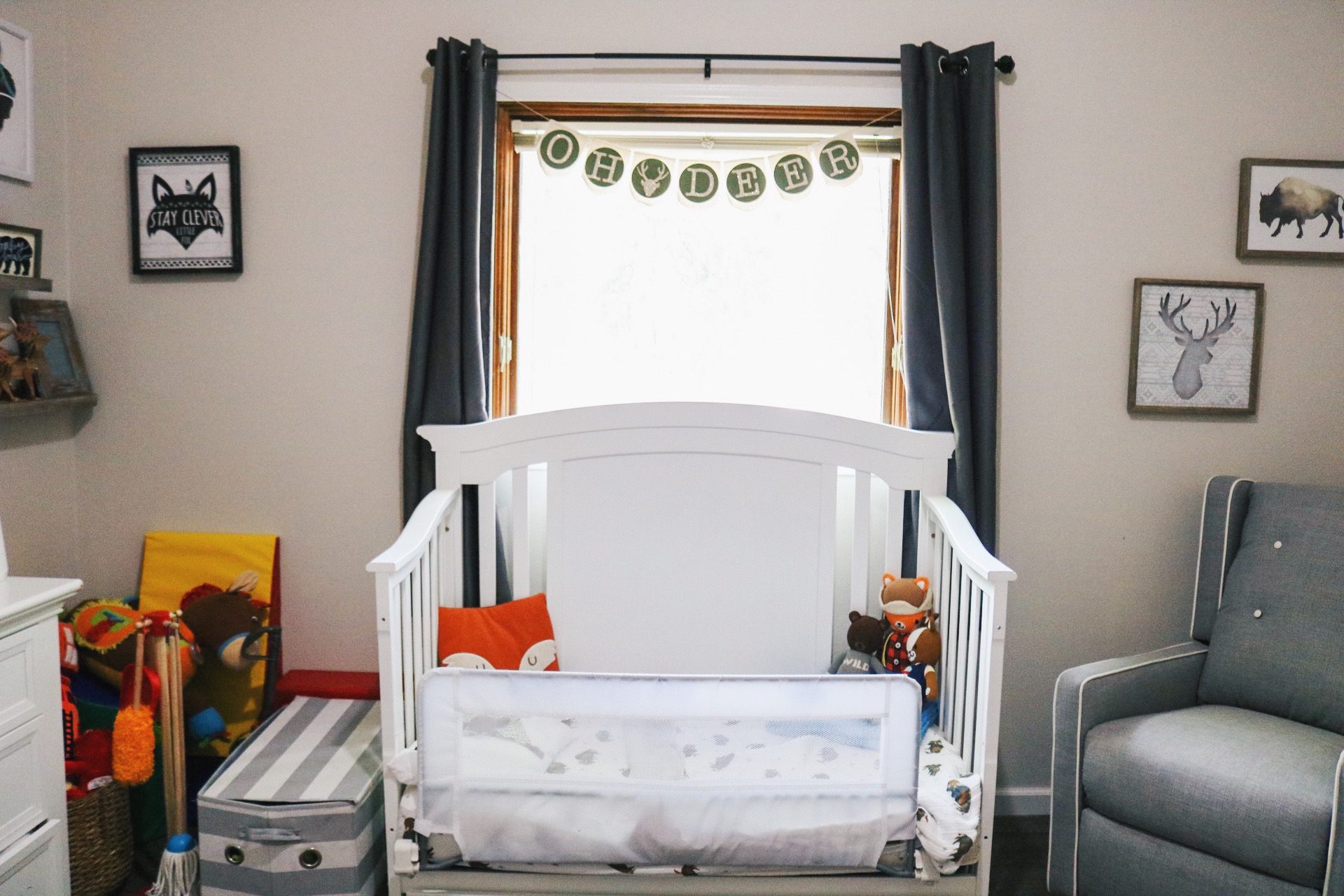
Bed rails so he doesn’t fall out of bed, cord for blinds safely hidden, and foam climbing toys tucked into the left corner.
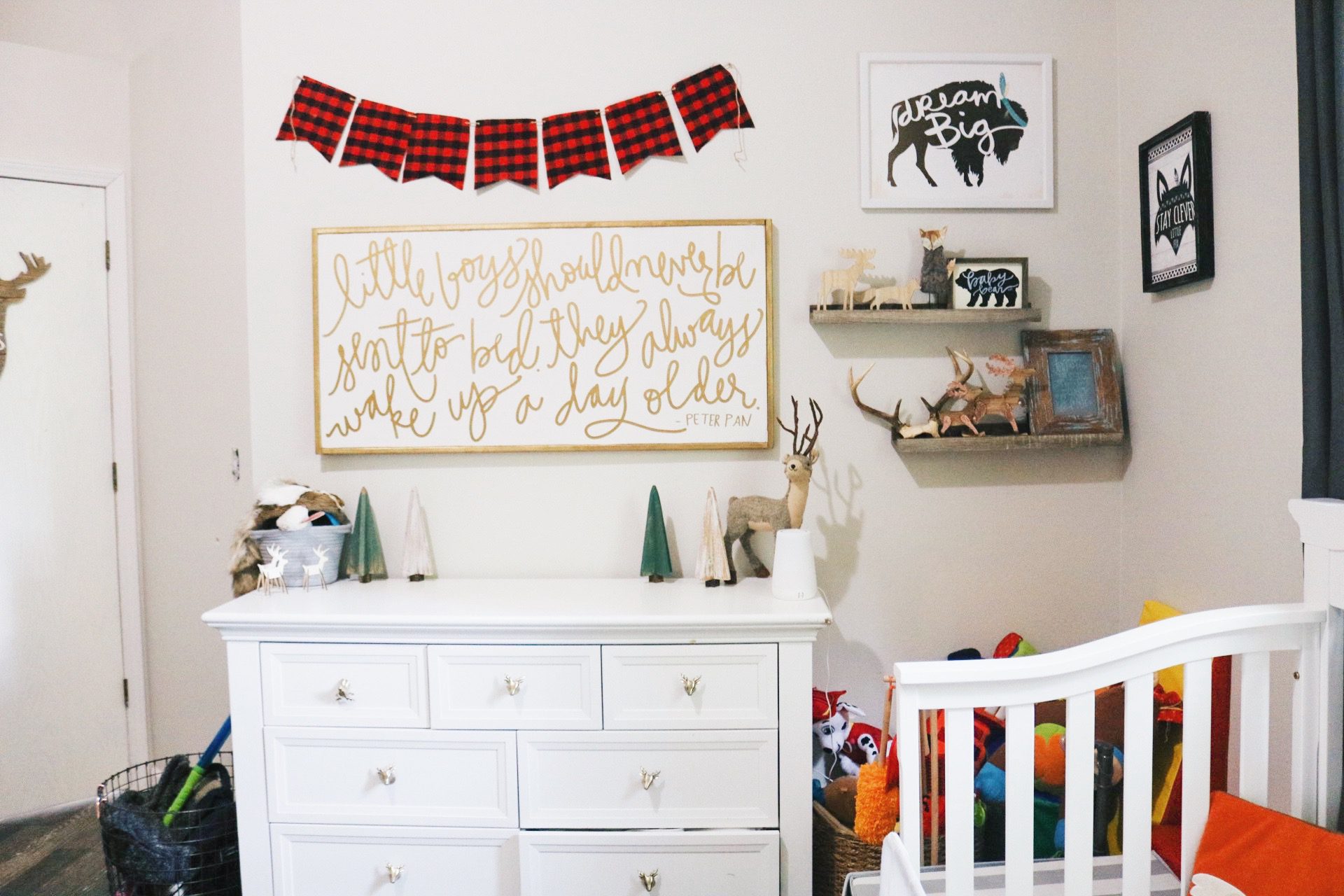
Dresser secured to the wall and decor I’d prefer he not touch out of reach.
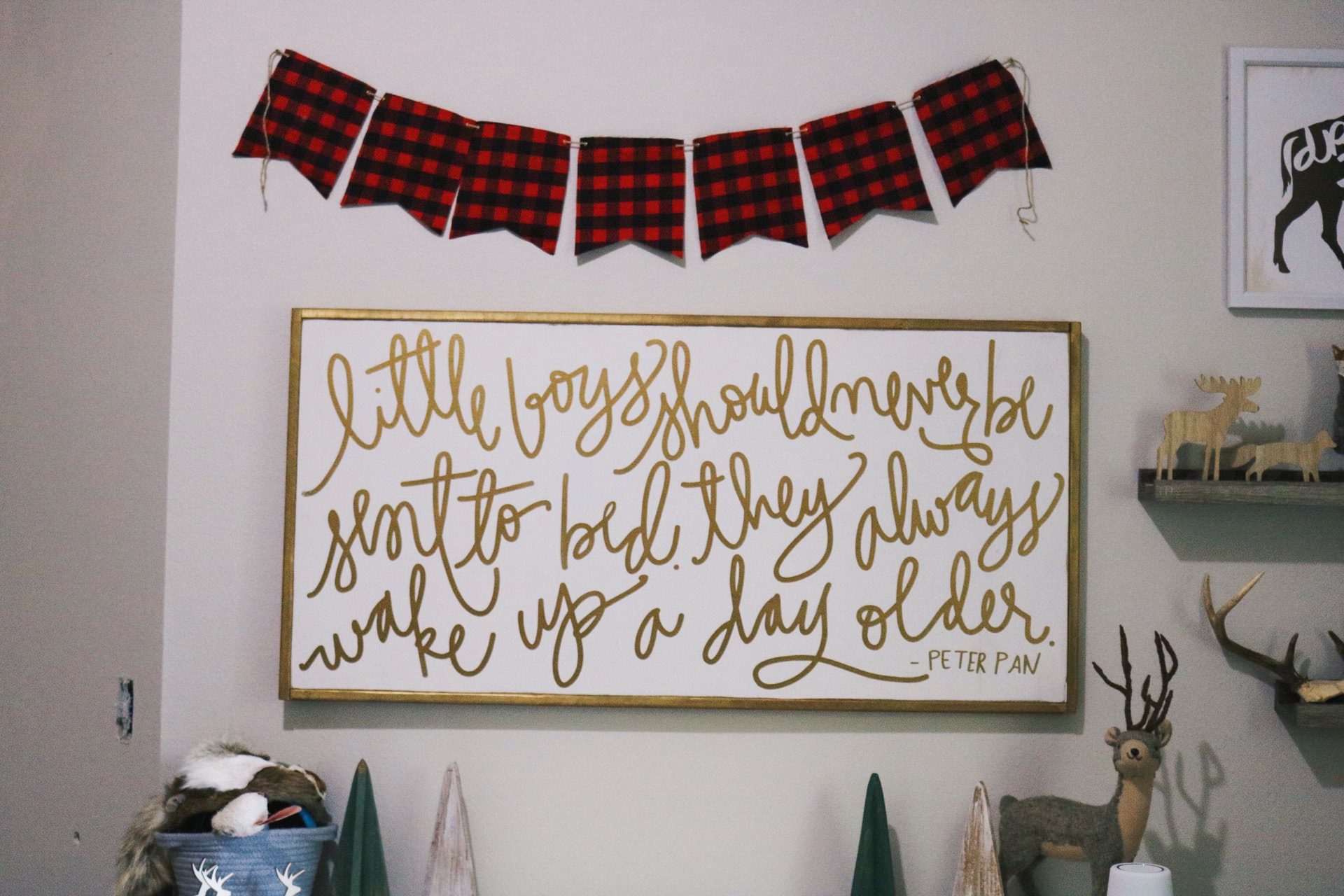
“Little boys should never be sent to bed. They always wake up a day older” -Peter Pan
Spending time to learn about what I can realistically expect from my son was the biggest help in my ability to stay sane and make these changes in my life while parenting with a joyful heart. If you’re looking for a good reference on your child’s brain development to help you better understand what fair expectations may look like and how to more effectively communicate with your little ones, I highly recommend the book The Whole-Brain Child by Daniel J. Siegel and Tina Payne Bryson. I also really enjoyed No-Drama Discipline and The Yes Brain by the same authors if you want additional reading.
I can honestly say that finding the balance between having “adult” yet toddler safe living space AND a YES Space for my son has improved our homelife. Knowing theres a safe place in our home for my son to play, learn, and explore without me having to oversee every moment is a breath of fresh air for me, and an opportunity for growth and freedom for my son. It’s good for everyone. So what do you think? Is a YES Space something that would consider implementing in your home? Are you considering using the word “NO” less when trying to correct and redirect your children? I admit that I still use the word “no” more than I like,, but when I remember to rephrase my sentences to the positive, I see immediate results. No matter how you parent or how you set your home up, remember that you’re doing a kickbutt job. There’s no one way to parent. Siblings within the same family may respond to different parenting styles, so do what works best for YOU and your home. Raising little people is hard and we’re all in this together, Mamas <3
By Gabrielle Tullis
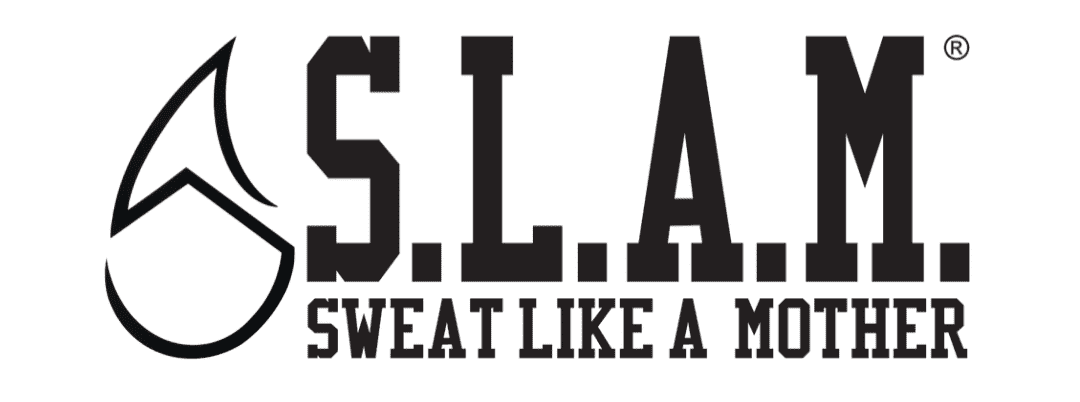
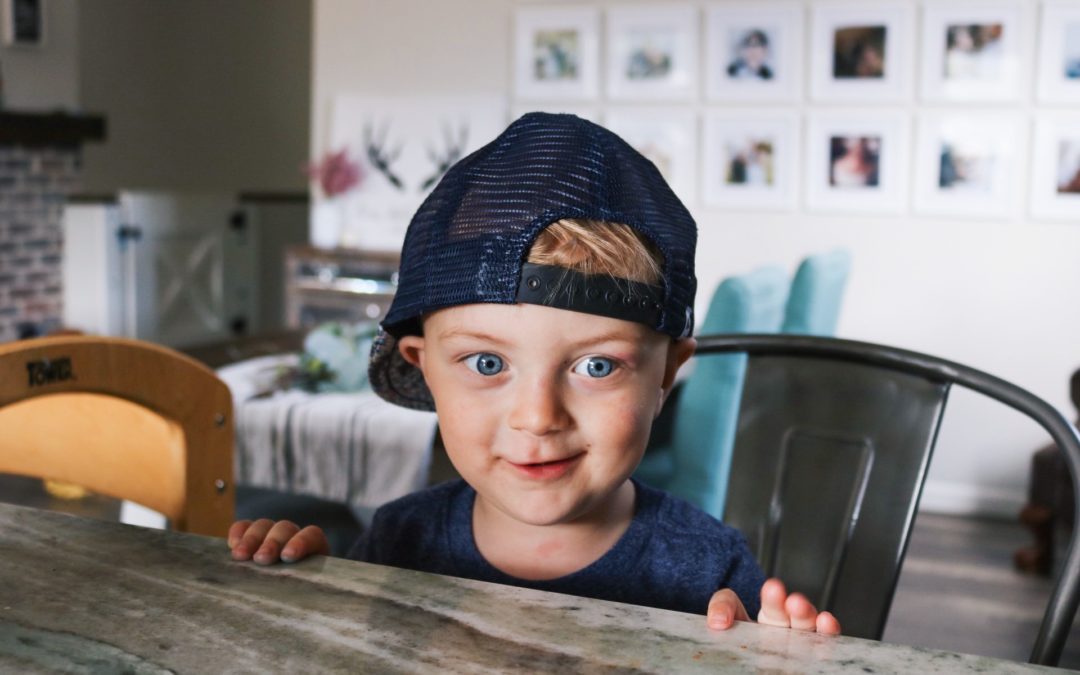
Hi there, this is Tammy Usie, publisher of the Family and Kids Magazine that serves the moms of Fort Benning. I’d love to work with your blogger on a reprint of this article for the magazine. Can someone get in touch. Thanks. Tammy@familyandkidsga.com
Hi Tammy! Thanks so much for you interest in the article! We’ll shoot you an e-mail today!